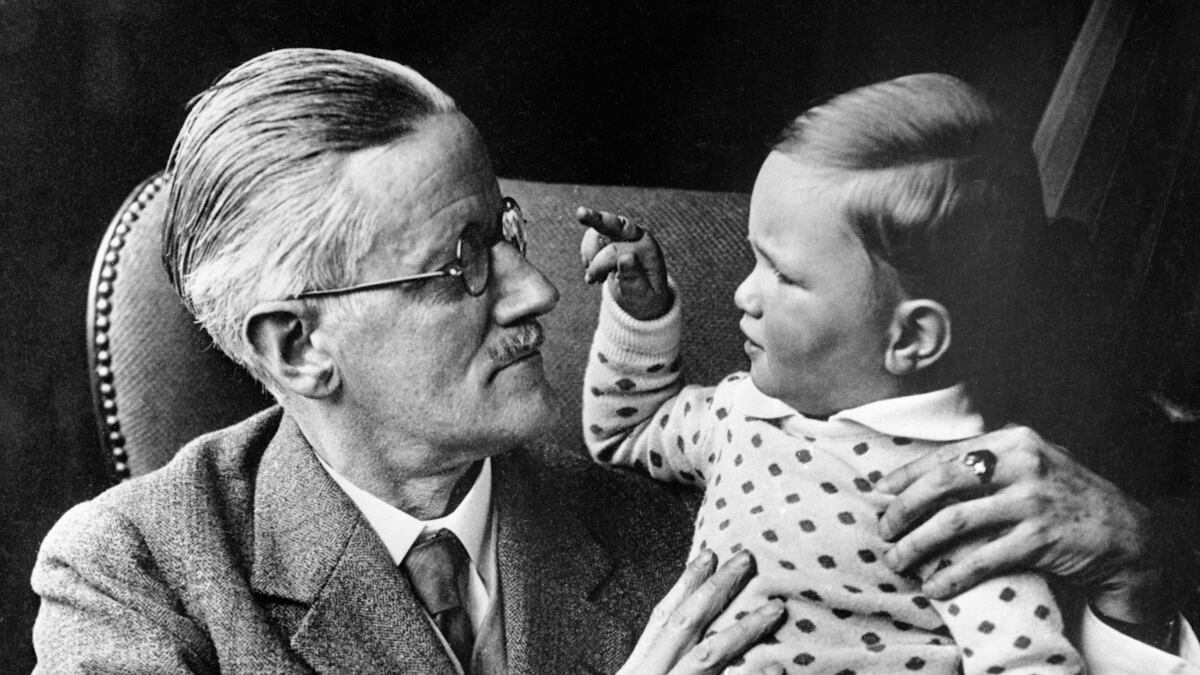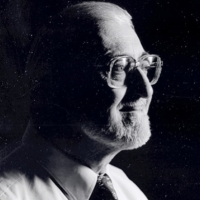Archive
Bettmann / Corbis
James Joyce’s Grandson Stephen and Literature’s Most Tyrannical Estate
Fighting Irish
In a story of frustration—and ultimately, triumph—Gordon Bowker recounts the many hazards he faced writing his new biography of James Joyce; the biggest Cyclops of all is the author’s litigious grandson, Stephen. Plus, to celebrate Bloomsday, how Fifty Shades of Grey is like Ulysses, and librarians who hated Joyce.

Trending Now





